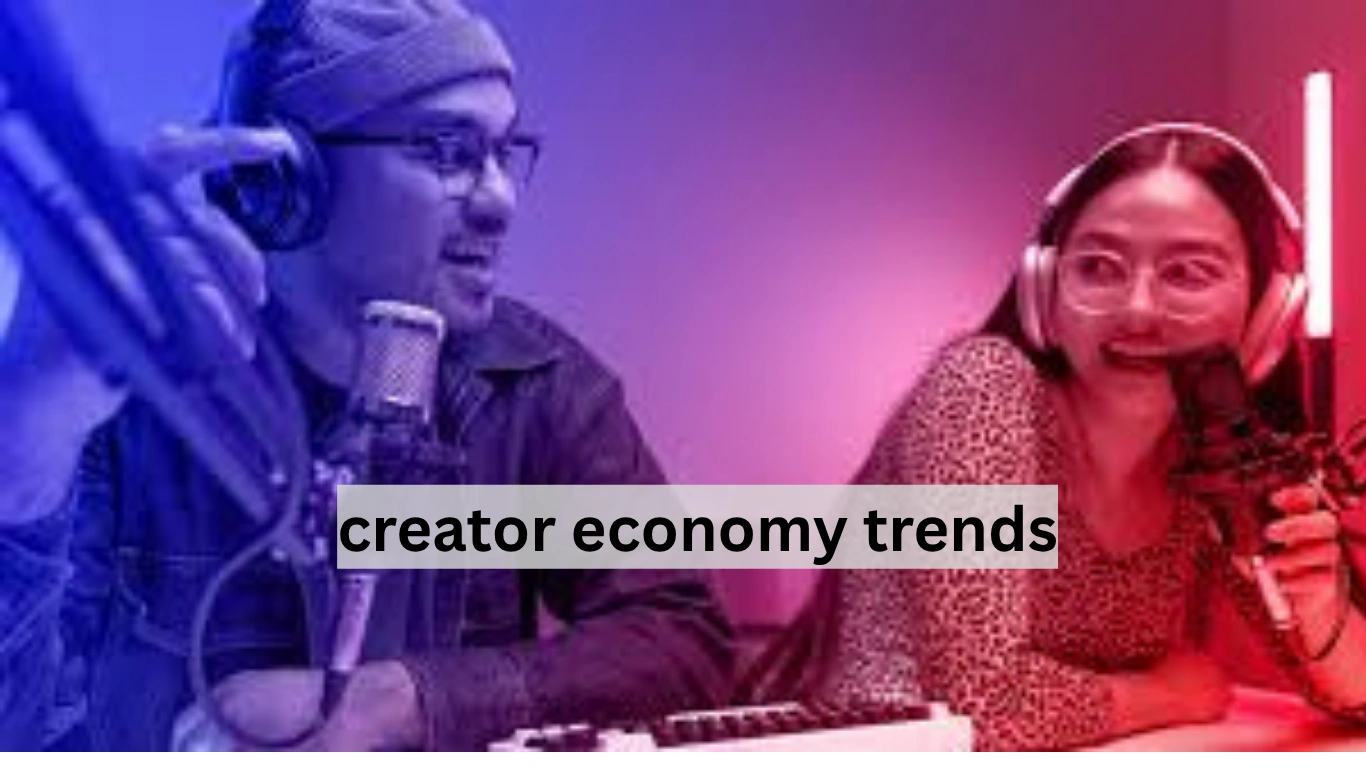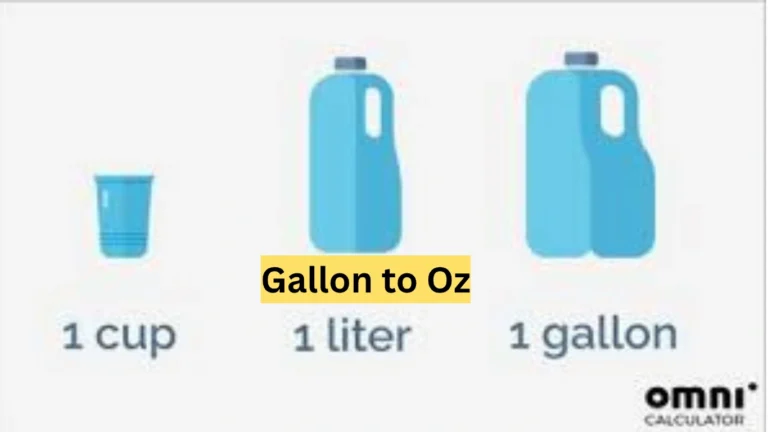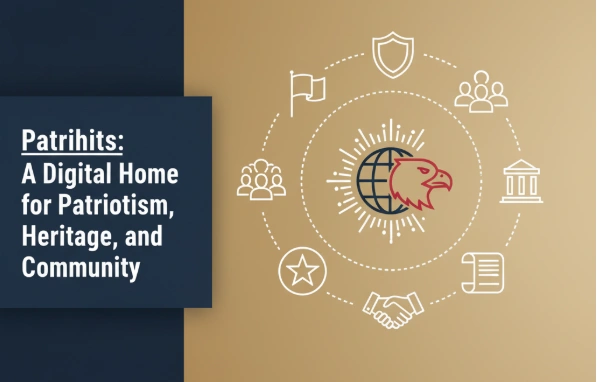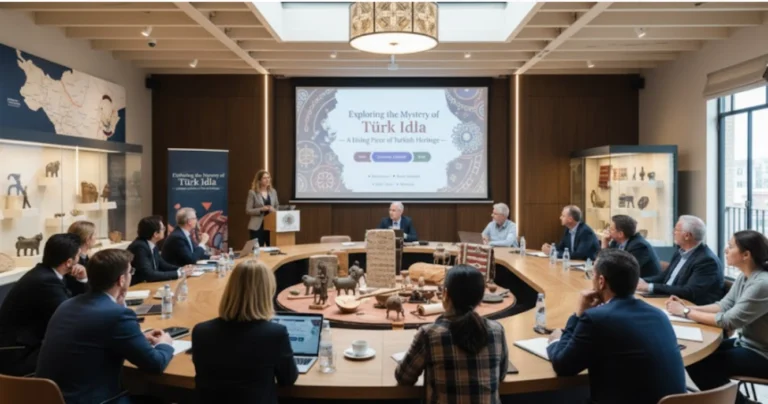Creator Economy Trends: What’s Changing in 2025?
The creator economy is no longer a niche. It’s a global force reshaping how people make a living online. From YouTubers and Instagram influencers to podcasters and newsletter writers, the creator economy continues to expand, fueled by technological growth and shifting consumer behavior. This article explores the latest creator economy trends in 2025, revealing where the industry is headed, and how creators and brands can keep up.
The Rise of Independent Monetization
In 2025, creators have more tools than ever to earn independently. Platforms like Patreon, Substack, and Ko-fi allow creators to connect directly with their audience and get paid without relying solely on brand sponsorships. These platforms have grown in popularity because they offer more control, fewer middlemen, and deeper community engagement. As a result, monthly memberships and micro-payments have become top income sources for many digital creators. For example, musicians, writers, and even educators are monetizing content through tiered subscription models that allow fans to pay based on how involved they want to be.
Brands Are Becoming Creator-Friendly
Another one of the strong creator economy trends today is the shift in how brands work with creators. In the past, brands hired influencers mainly for promotions. Now, they’re looking to co-create products, offer long-term partnerships, and support creators in building sustainable businesses. Brands are realizing that creators are not just marketers—they’re entrepreneurs. As a result, companies are investing in building relationships with creators instead of just treating them like ad space. This approach leads to more authentic campaigns and stronger engagement. This trend is especially visible in beauty, fitness, gaming, and education niches, where creators help shape product development based on their deep understanding of their audience.
AI-Powered Content Creation and Management
AI is no longer just a tool it’s becoming a partner in the creator economy. Tools like ChatGPT, Jasper AI, and Midjourney are helping creators generate content ideas, write scripts, design visuals, and even edit videos. The use of AI has lowered the entry barrier for new creators and increased the productivity of experienced ones. With AI, creators spend less time on repetitive tasks and more time engaging with their community or creating high-quality content.
Here’s how creators are using AI tools in 2025:
| AI Tool | Purpose | Benefit to Creators |
|---|---|---|
| ChatGPT | Writing scripts, captions | Saves time, improves engagement |
| Jasper AI | Long-form content creation | Helps write blogs, emails, and ads |
| Midjourney | AI-generated images | Boosts visual storytelling |
| Descript | Audio & video editing | Simplifies production for podcasts |
Short-Form Content Still Reigns
Short-form video is still a dominating format in the creator economy trends of 2025. Platforms like TikTok, Instagram Reels, and YouTube Shorts continue to drive massive engagement, especially among younger audiences. These videos are typically 15 to 90 seconds long, offering quick entertainment or education. The ease of creation and virality makes it an attractive format for new creators trying to build a presence fast. People prefer bite-sized content because it’s easy to consume and share. Creators are now investing in short-form series, storytelling formats, and behind-the-scenes content to drive engagement and grow their communities.
Decentralized Platforms Are Gaining Ground
In a world where platforms often change algorithms and monetization policies without warning, creators are searching for more control and freedom. That’s why decentralized platforms those built on blockchain and Web3 principles are getting attention. Platforms like Lens Protocol, Mirror, and Farcaster give creators ownership over their content and community. They also enable direct peer-to-peer payments, NFT-based memberships, and the ability to migrate followers across apps. This shift is slow but steady. While not yet mainstream, it shows a growing desire for creator independence from traditional big tech platforms.
Financial Tools for Creators Are Evolving
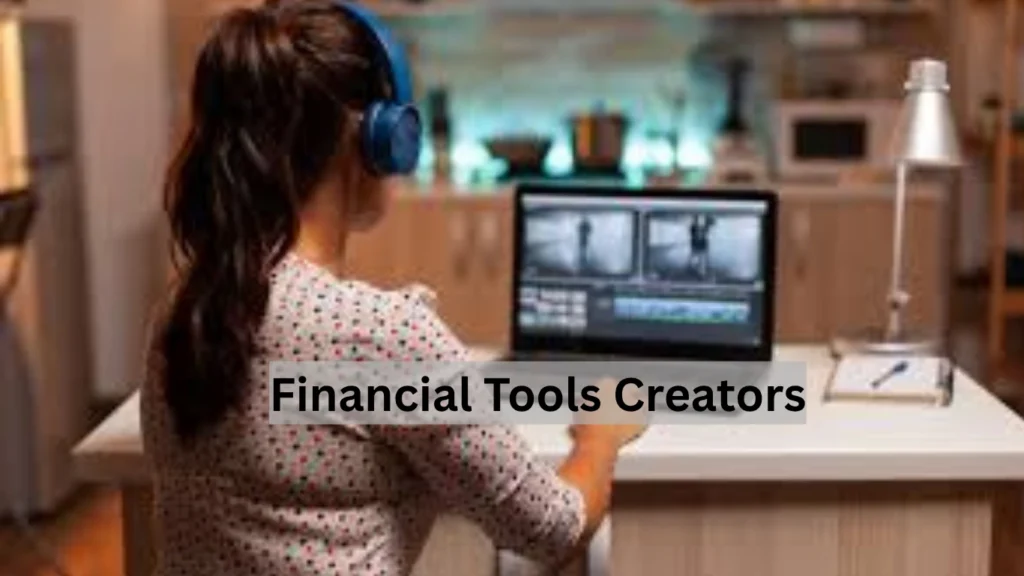
In 2025, being a creator also means being a business owner. Managing income, taxes, and contracts is essential. This need has led to a wave of creator-specific financial services. New tools are helping creators track earnings, invoice clients, and even access early payments. Financial platforms now offer custom services for creators who don’t have a regular paycheck but still need financial planning.
Creator Education and Community Support
As the creator economy matures, education is playing a key role. Platforms like Nas.io, Kajabi, and Teachable are enabling creators to launch digital courses and communities. Creators are no longer just entertainers they are becoming teachers and mentors. By teaching others how to build audiences, monetize content, or master specific skills, creators are opening a second revenue stream. This education-focused trend is helping them grow beyond their original niche and build a broader brand. Courses, webinars, and private memberships offer fans deeper access while helping creators build long-term sustainability.
Conculsion:
The creator economy trends in 2025 reflect a dynamic and growing space. With the rise of AI, the shift to decentralized platforms, and increasing financial tools, creators have never been more empowered. The landscape is changing fast but those who adapt, diversify their income, and prioritize authenticity will lead the next wave of digital success. Whether you’re a budding content creator or a brand looking to collaborate, now is the time to understand these trends and act.
FAQs:
What is the creator economy?
The creator economy refers to individuals earning income by creating and sharing content online using platforms like YouTube, Instagram, and TikTok.
What are the top creator economy trends in 2025?
Trends include AI-powered content creation, short-form videos, decentralized platforms, and better financial tools for creators.
How do creators make money?
They earn through brand deals, subscriptions, ads, tips, course sales, and direct support from fans.
What platforms are best for creators?
Top platforms include YouTube, Substack, TikTok, Patreon, and Instagram depending on the content type.

